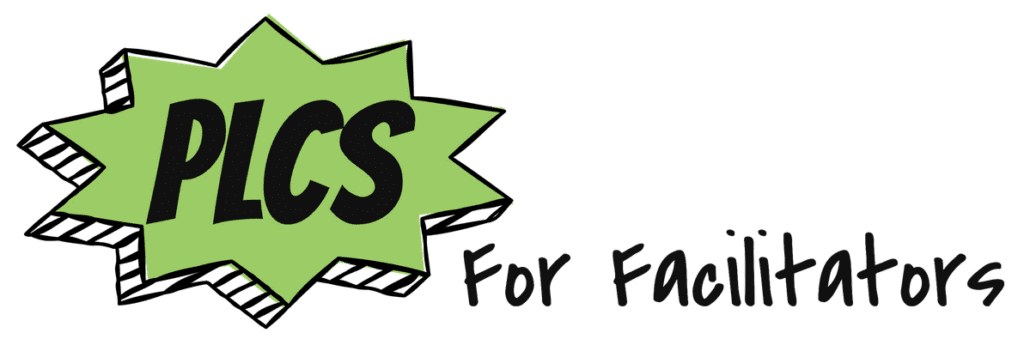As a facilitator of a Professional Learning Community (PLC), your role is pivotal in steering the group towards productive collaboration and continuous learning. This guide will help you understand what a successful PLC looks like and how to address common obstacles you might encounter.

Defining a Successful PLC
A successful PLC is characterized by the following features:
- Collaborative Culture: Members feel comfortable sharing their experiences, ideas, and challenges. They work together to develop solutions and improve their teaching practices.
- Focus on Student Learning: The ultimate goal of the PLC is to enhance student learning outcomes. Discussions and decisions are guided by this goal.
- Data-Driven Decisions: Decisions are informed by data, particularly student assessment data, to identify areas of improvement and measure progress.
- Continuous Improvement: Members are committed to ongoing professional development and are open to learning and applying new teaching strategies.
- Shared Leadership: Leadership roles and responsibilities are distributed among members, promoting a sense of ownership and mutual respect.
Running a Successful PLC: Strategies for Facilitators
- Establish Clear Goals and Expectations: At the outset, establish clear, shared goals for your PLC. What does the group hope to achieve? How will you measure success? Make sure these goals align with broader school goals.
- Create a Collaborative Environment: Foster an environment where members feel comfortable sharing their thoughts and ideas. Encourage open, respectful communication, and value each member’s contributions.
- Use Data Effectively: Regularly review student assessment data and use it to inform your discussions and decisions. This can help identify areas of student need and measure the impact of changes in teaching strategies.
- Promote Continuous Learning: Encourage members to continuously learn and grow. This could include sharing recent educational research, attending professional development sessions, and learning from each other’s experiences.
- Share Leadership: Rotate meeting facilitation roles among members. This can help ensure everyone has a voice and a stake in the group’s success.
Overcoming Common Obstacles
- Limited Time: Time constraints are a common challenge. To address this, schedule regular meeting times that work for all members. Keep meetings focused and efficient, with clear agendas and time limits for each item.
- Lack of Participation: If some members are reluctant to participate, try to understand their reasons. Encourage them by highlighting the benefits of their involvement and the value of their contributions.
- Resistance to Change: Some members may resist new ideas or changes in teaching practice. Address this by fostering a group culture that values growth and improvement. Provide evidence of the benefits of change, such as research findings or success stories from other schools.
- Conflicting Personalities: In any group, conflicts may arise. Promote a respectful, professional approach to disagreements. Facilitate open communication and seek to find common ground or compromise.
Conclusion
As a PLC facilitator, you play a key role in promoting successful, collaborative learning among educators. By understanding the characteristics of a successful PLC, employing effective strategies, and addressing common obstacles, you can lead your PLC to meaningful, impactful outcomes.





